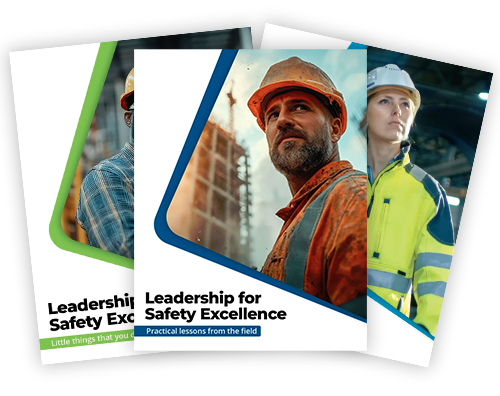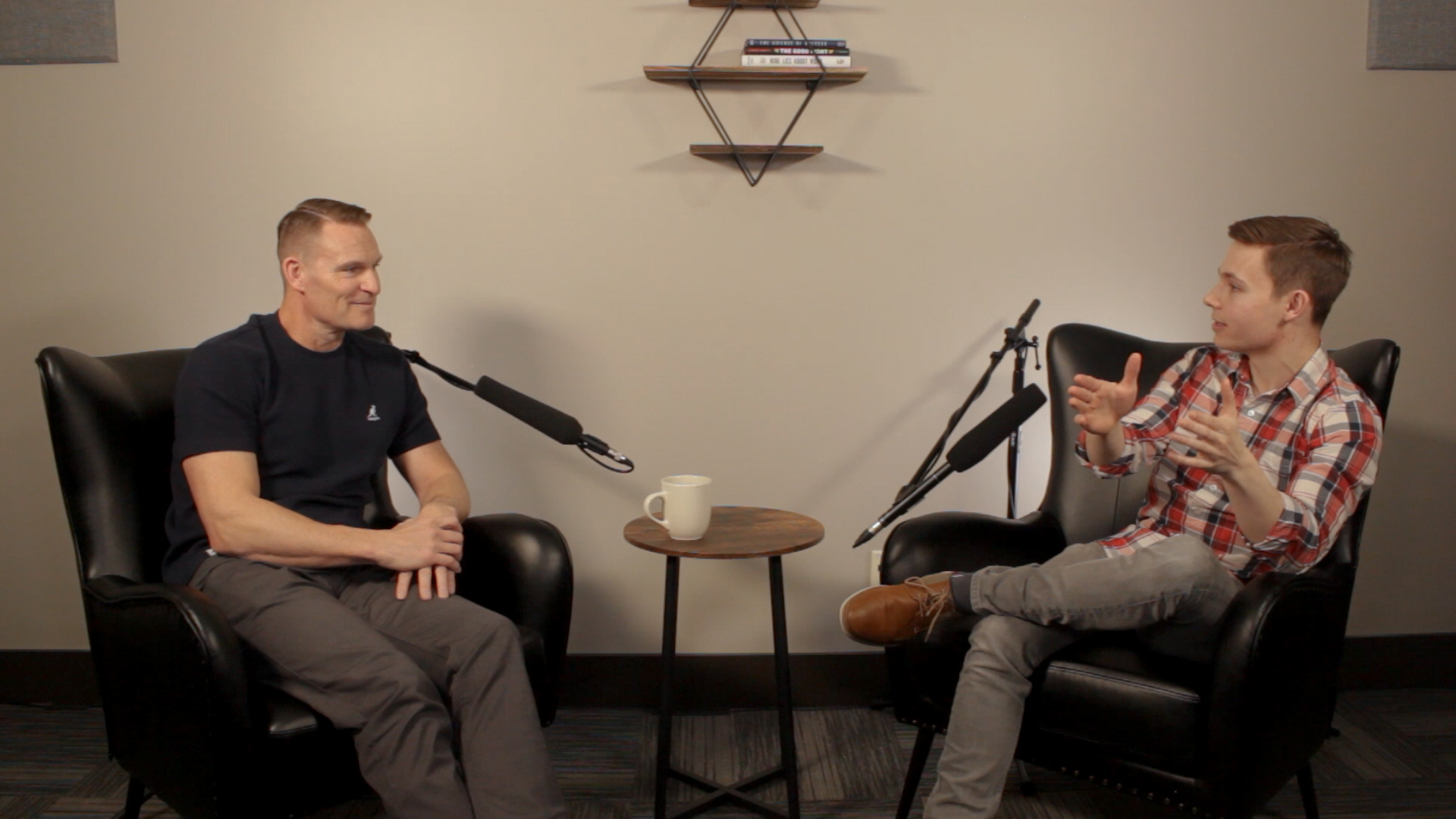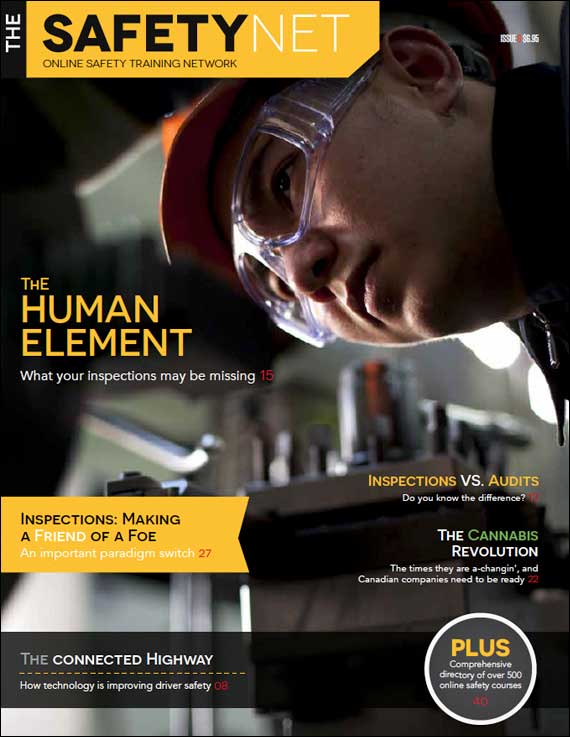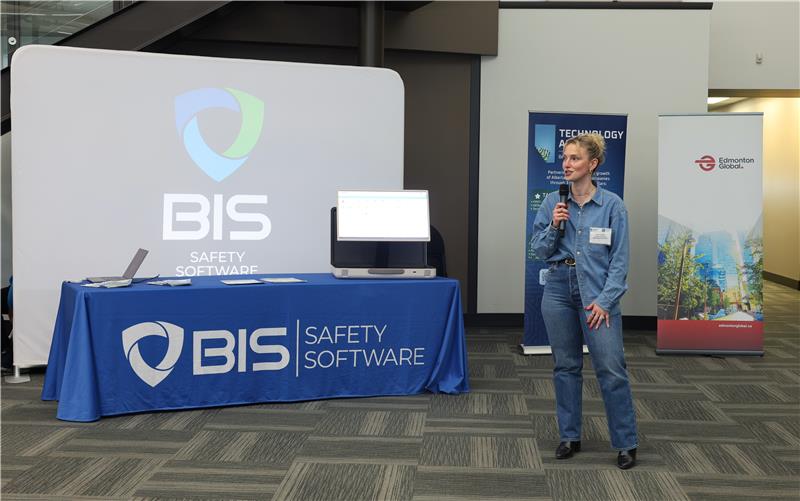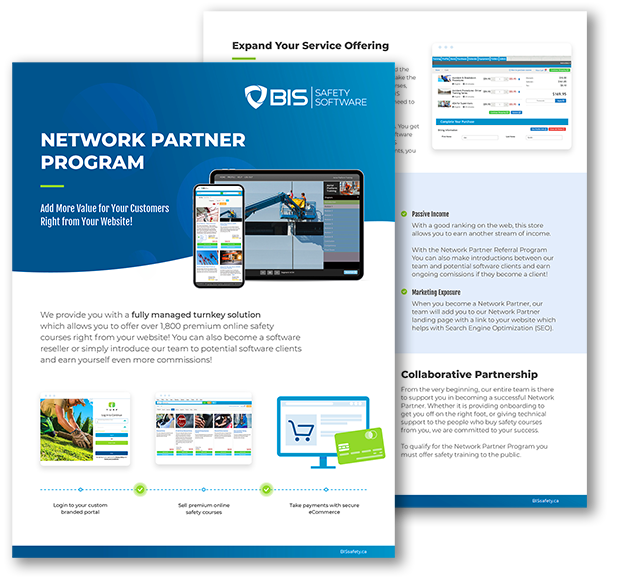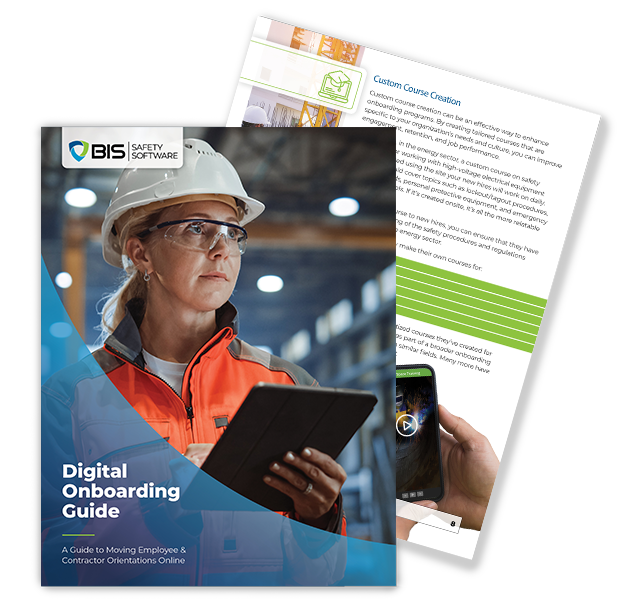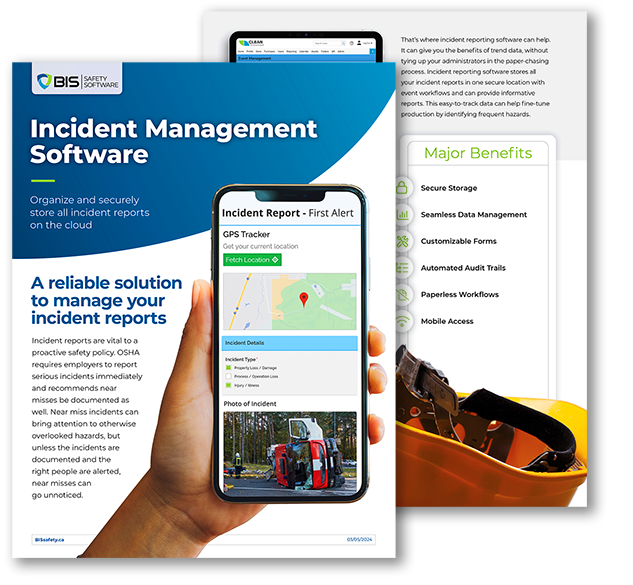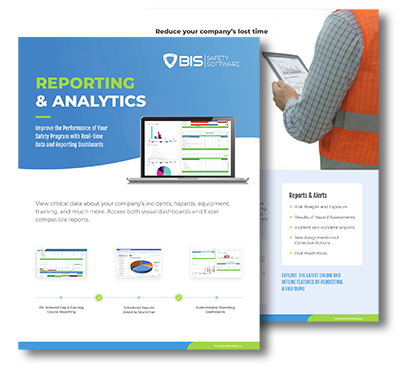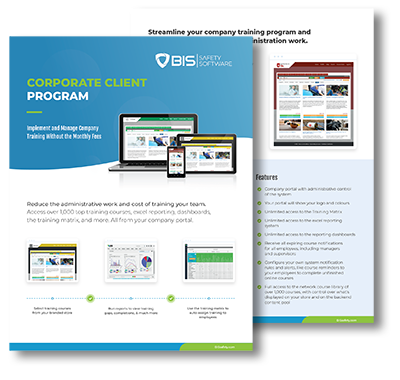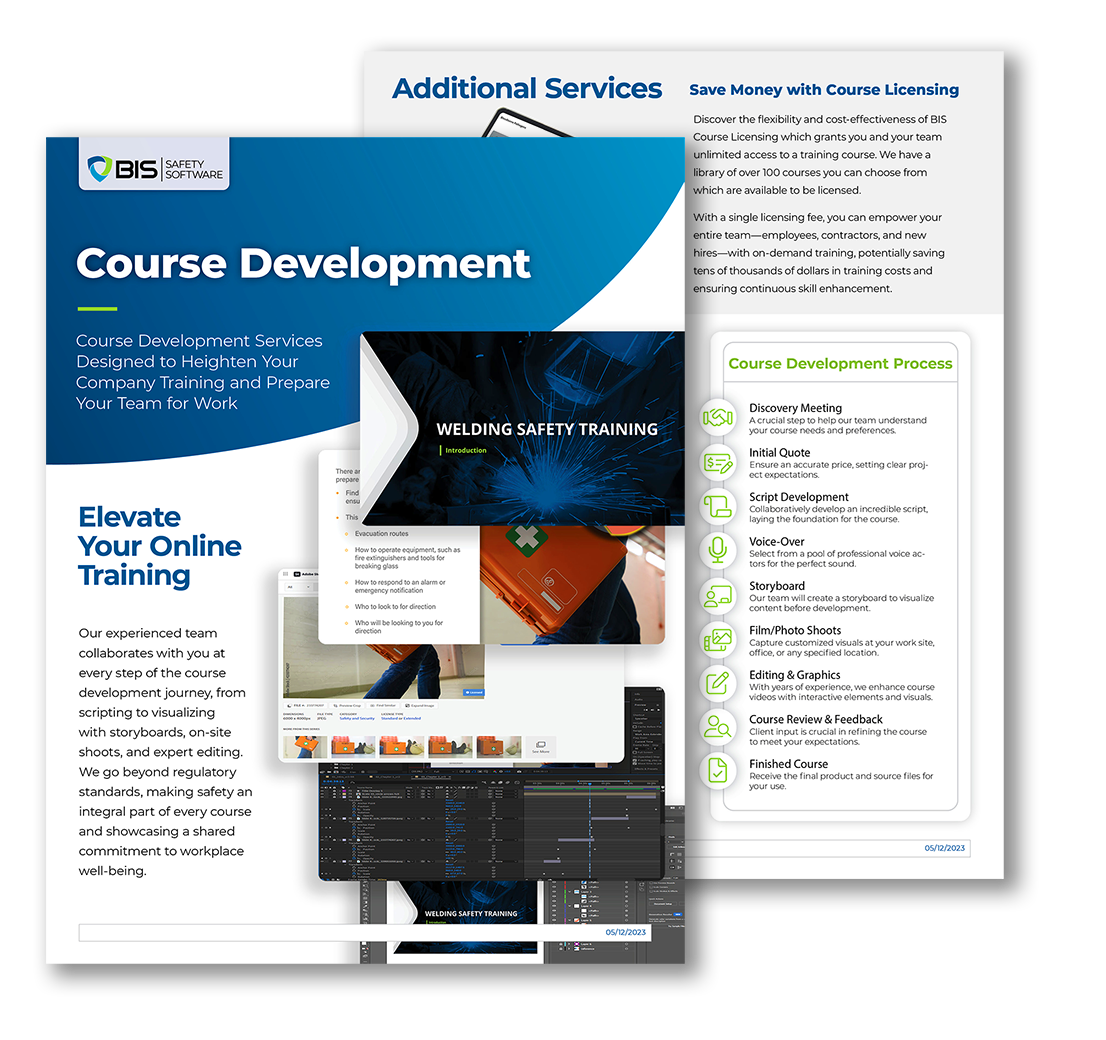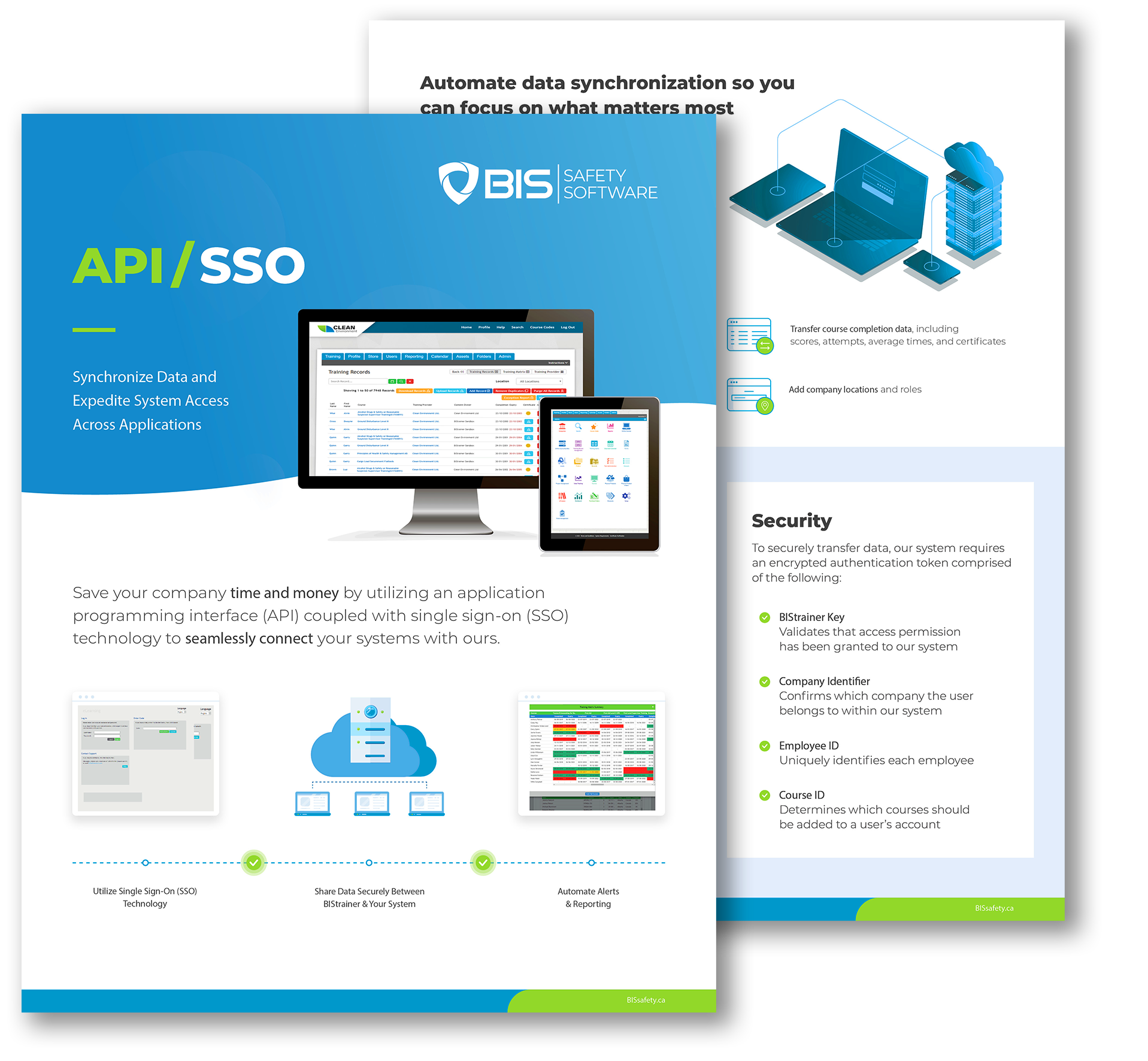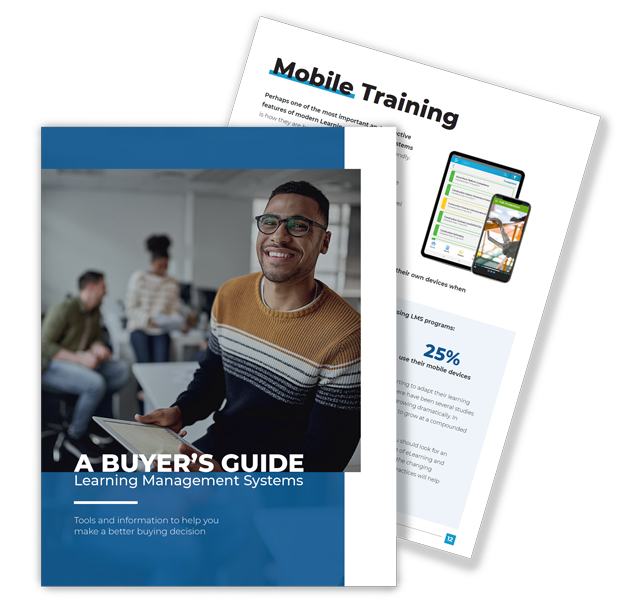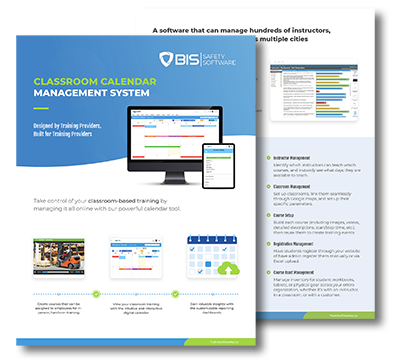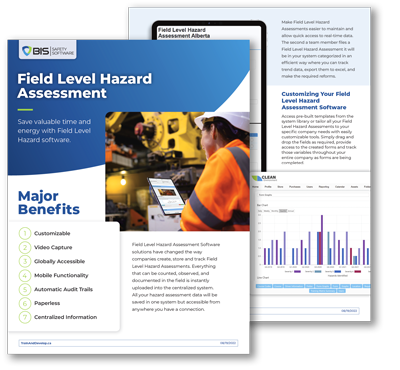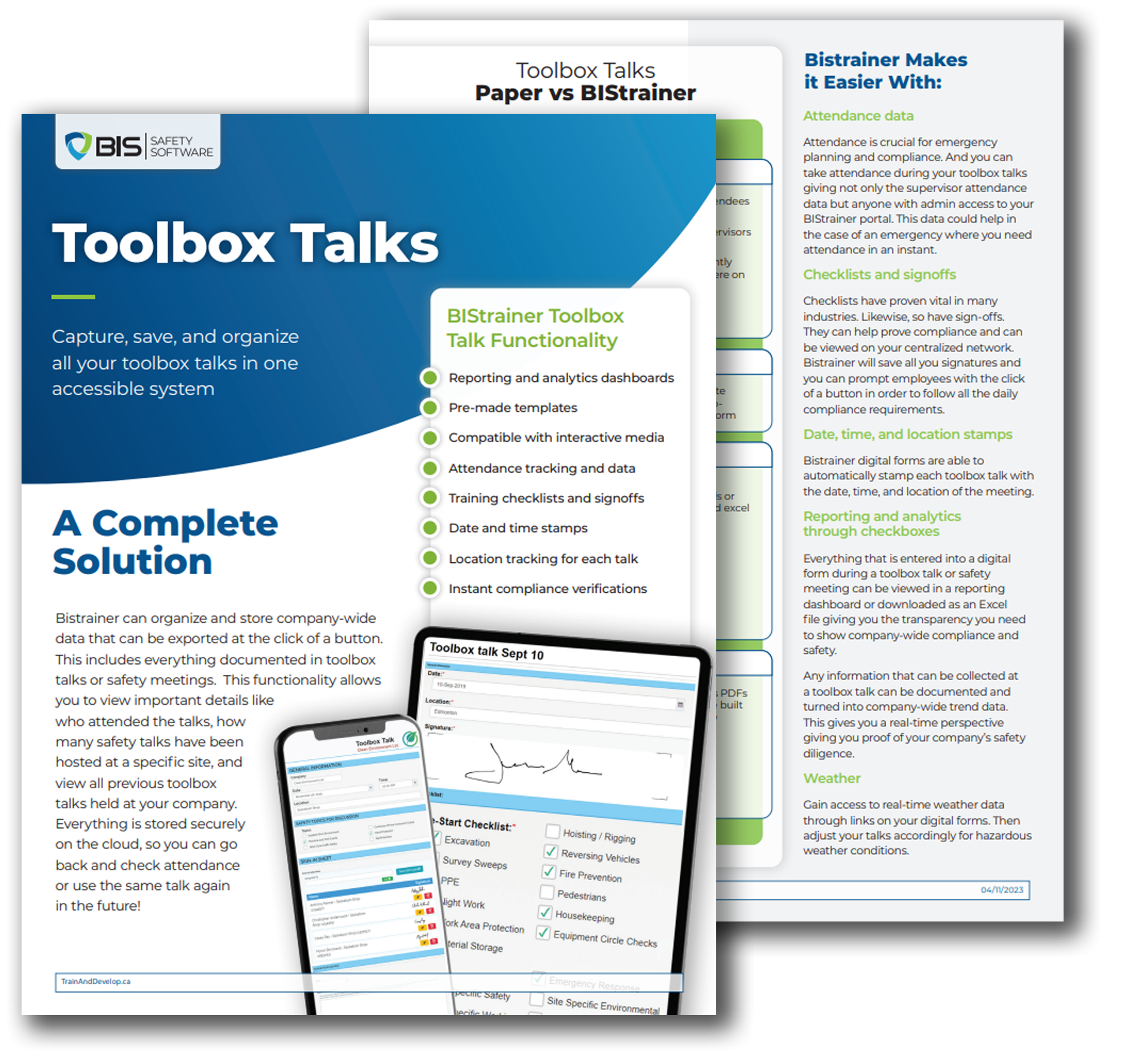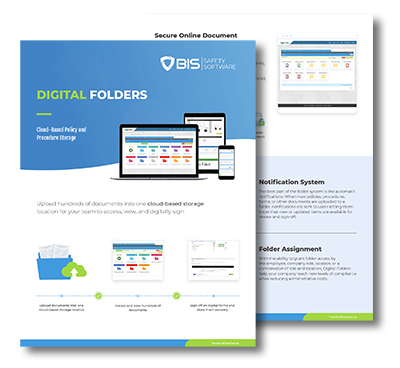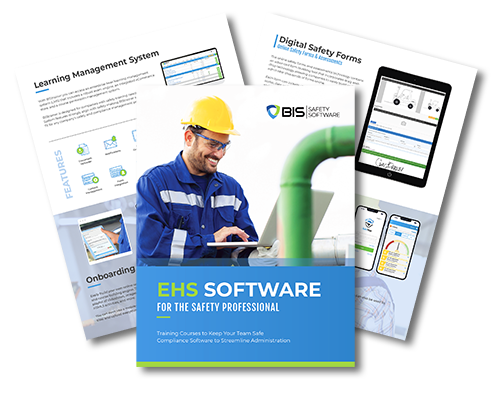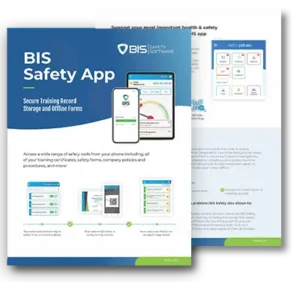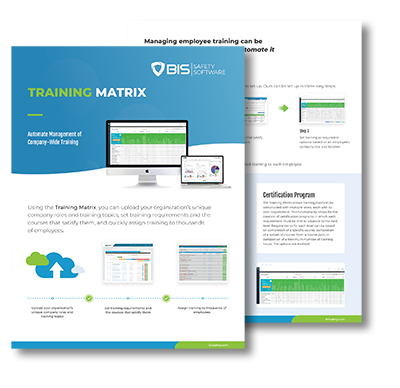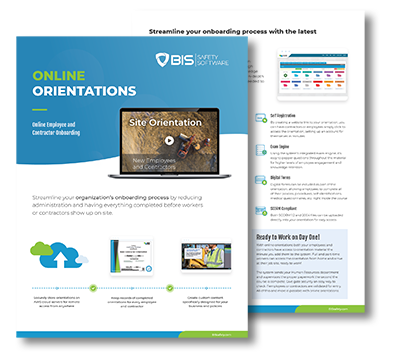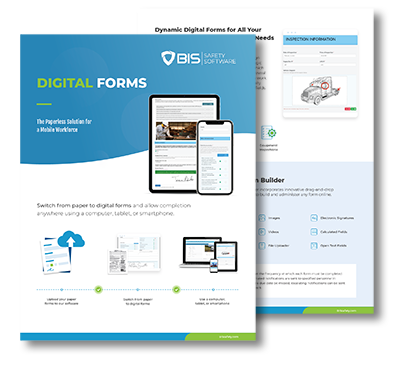Hazardous Energy Control: Building a Safer Workplace with Lockout/Tagout Procedures
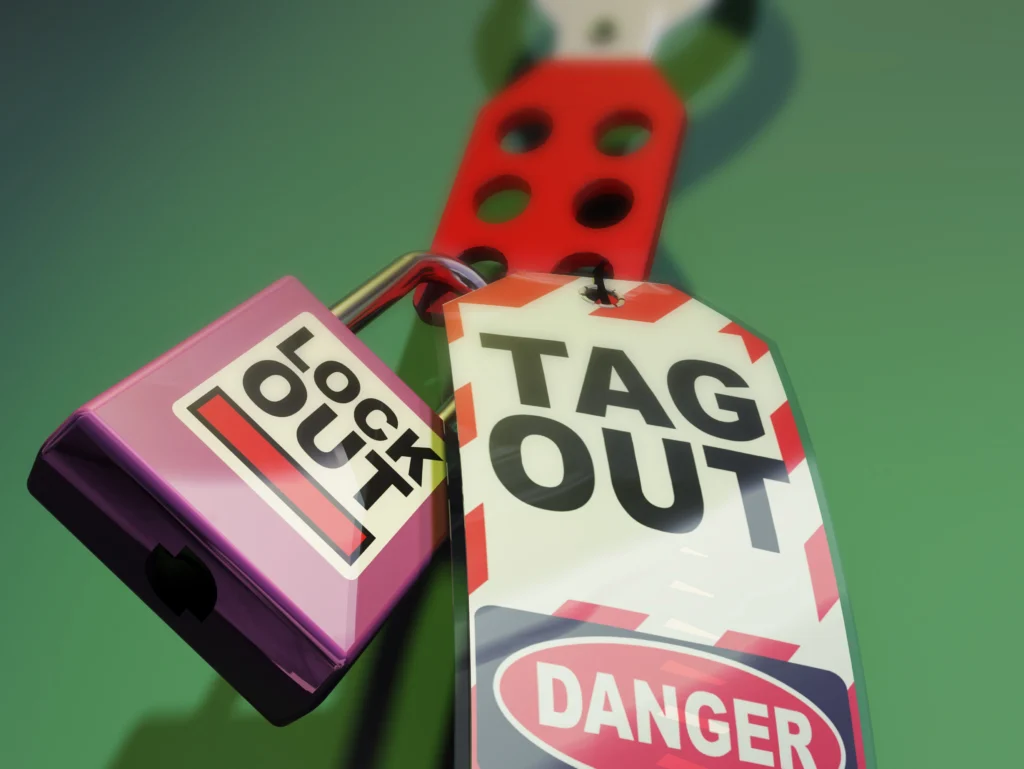
Uncontrolled energy can turn any job site into a danger zone. Learn how Lockout/Tagout (LOTO) procedures safeguard workers, reduce incidents, and create a culture of consistent, verified safety practices across your workplace.
Lock Out Tag Out: The Safety Standard Every Team Should Master
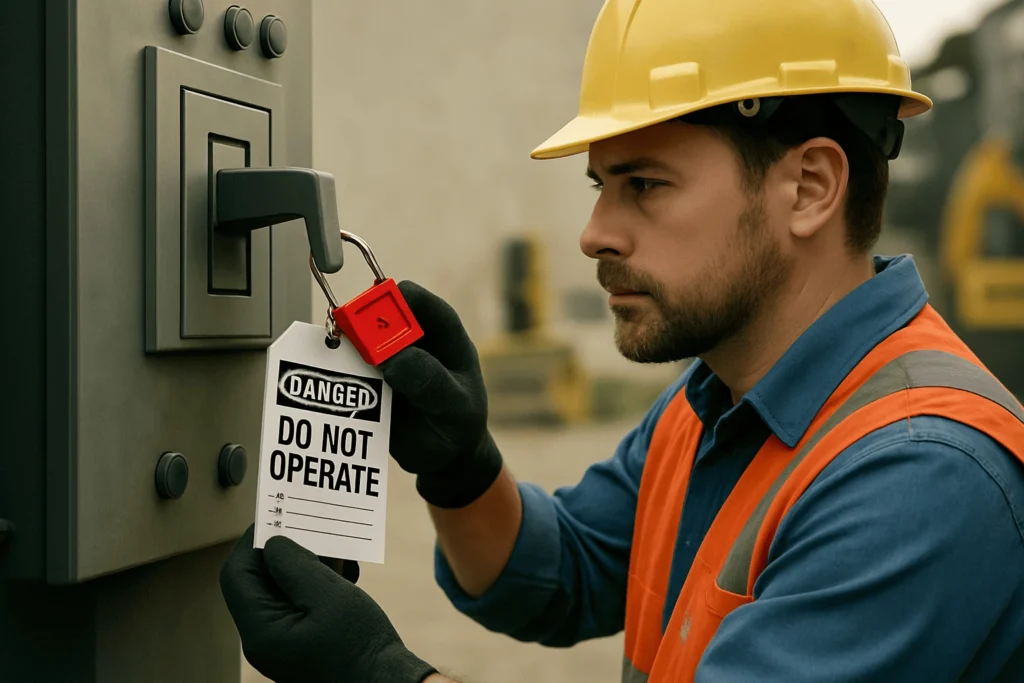
LOTO compliance protects workers in Canadian industries by requiring equipment to be locked and tagged during repair or inspection activities.
Why Incident Reports Fuel Safety Culture
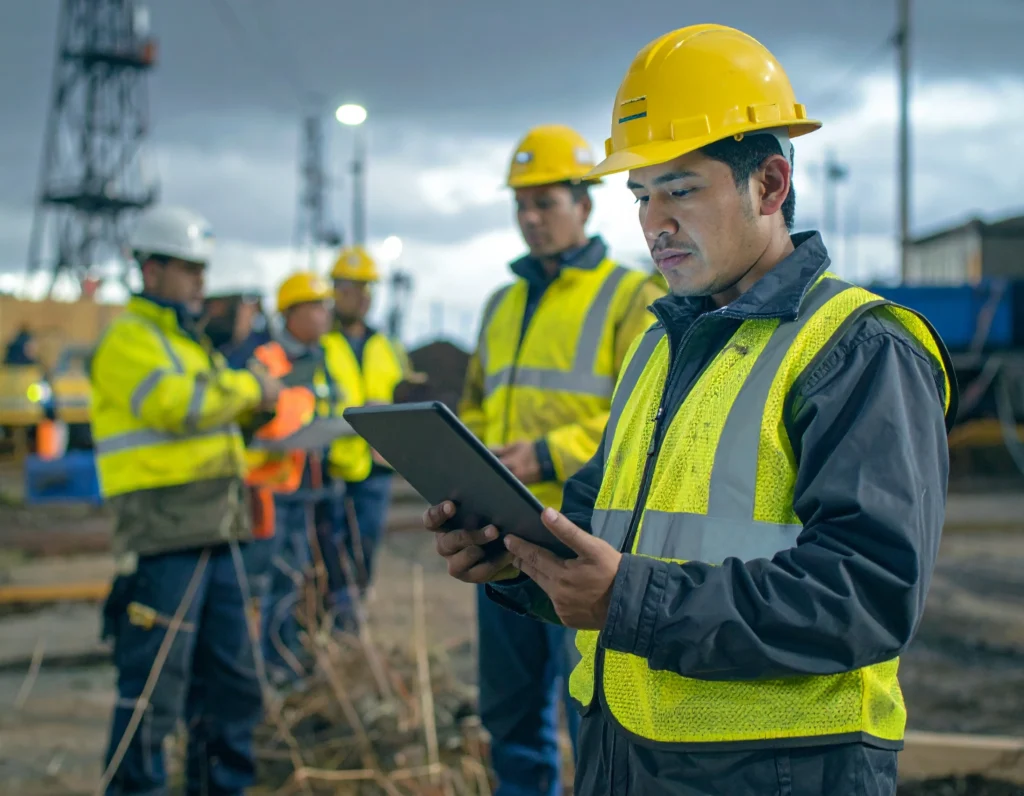
Understand how timely incident reporting improves workplace safety, supports compliance, and drives meaningful safety improvements across Canadian industries.
Spencer Speaks Inc – In Case of Fire: Spencer Beach on Hard Lessons and Safer Futures

Spencer Beach discusses the emotional and cultural underpinnings that separate average safety programs from truly effective ones of Watch now on YouTube.
“It Won’t Happen to Me”: Why Overconfidence Puts Workers at Risk

The mindset of invincibility is endangering workers every day. Discover how overconfidence leads to complacency—and how leaders can change the culture.
EWI Works – Designed to Thrive, Linda Miller’s Ergonomic Quest

Linda Miller didn’t plan to change the way people sit, stand, or move at work, she just wanted to help them heal. Now she’s rewriting what it means to be safe at work. Watch now on YouTube.
Redefining Ergonomics with Linda Miller

Linda Miller helped make ergonomics a workplace standard, now she’s designing jobs around people, not forcing people to fit the job, her approach blends tech, empathy, and prevention, reshaping how we think about safety, productivity, and human-centered design.
The Most Overlooked PPE That Could Save Your Life
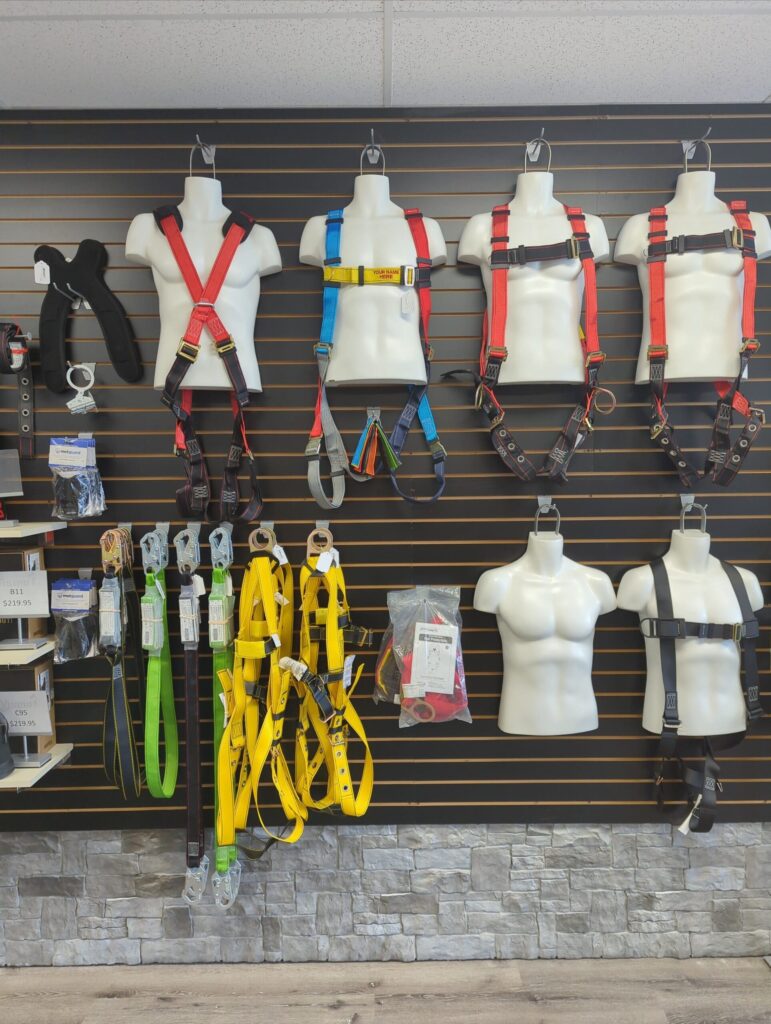
Too many workers overlook critical PPE like earplugs, respirators, and gloves, risking serious injury or death, Learn why proper gear use matters, Discover real quotes from safety professionals and workers, Understand how discomfort is no excuse for skipping protection, Get actionable advice for choosing and using PPE correctly, From fall protection to goggles—see what gear gets ignored and why.
The Most Dangerous Phrase in Safety: “We’ve Always Done It This Way”

Sticking to outdated safety methods leads to avoidable risks, injuries, and fatalities, evolving safety protocols protects workers, challenging the norm drives safer workplaces, leadership and culture must support safety change, resisting new practices undermines protection
Ditch the ‘Tough Guy’ Mentality

Too many workers risk injury by refusing help to appear tough. This article explains how asking for help and supporting others boosts safety for the whole team.



